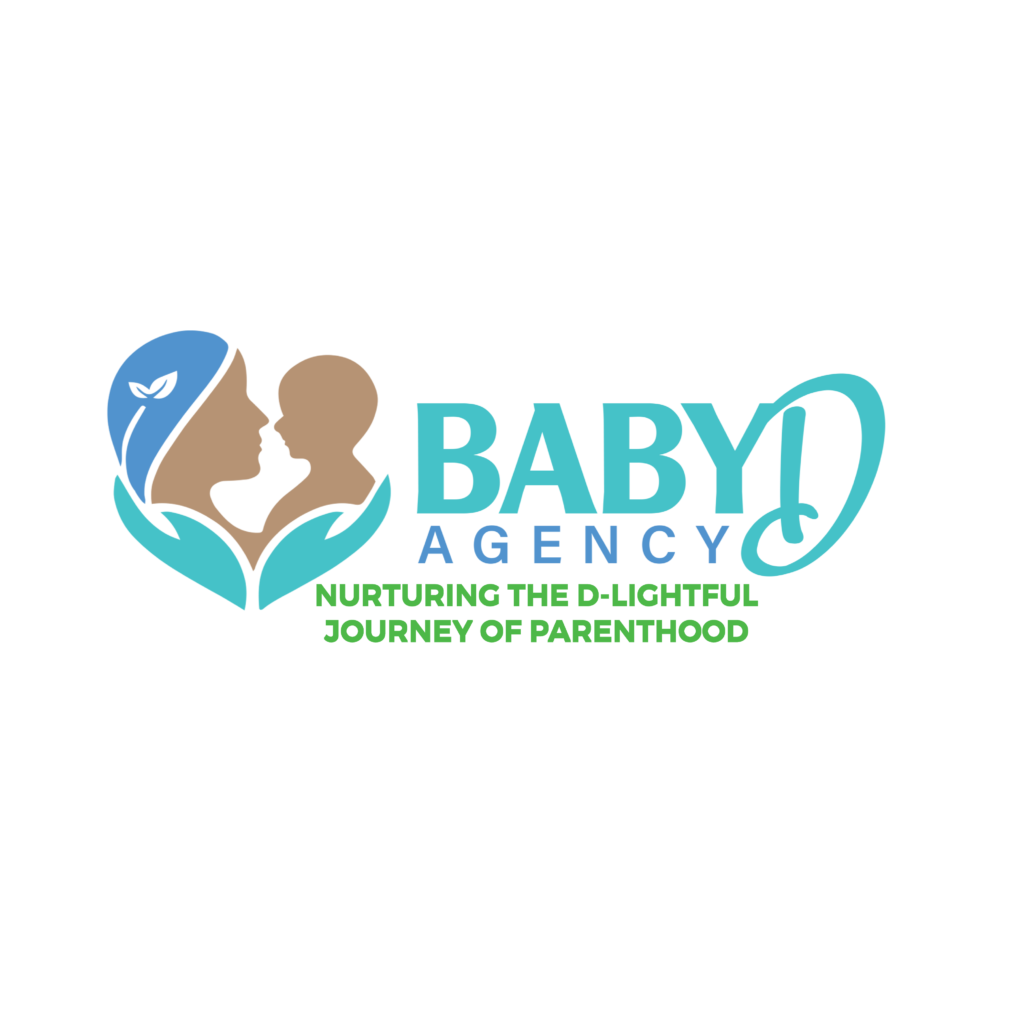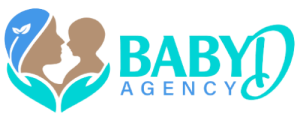The second month of your baby’s life brings exciting changes and milestones. At two months, babies become more alert, active, and interactive. Their senses develop rapidly as they take in the sights, sounds, and sensations of the world around them.
The second month is an amazing time to watch your little one grow and discover. As a parent, you’ll get to know your baby’s unique personality quirks and cues during this stage. Being attentive to your baby’s development helps ensure they meet milestones on track.
Read on to learn more about the major physical, cognitive, and social developments you can expect during your baby’s second month.
Physical Development
Your 2 month old is becoming stronger, more coordinated, and more mobile. Major physical milestones this month involve improved head control, hand-eye coordination, and increased bodily movements.
Improved Head Control and Neck Strength
- Babies can hold their heads up for longer periods and move them from side to side more steadily.
- Neck muscles strengthen, allowing more control and range of motion when lying on their stomach.
- Head control improves the ability to track objects with their eyes.
As your baby gains strength in their neck and upper back, they’ll be able to hold their head up during tummy time. You’ll also notice them turning their head smoothly to follow you or objects around the room.
Hand-Eye Coordination Begins
- Hands begin opening and closing on purpose rather than random reflex motions.
- Brings hands together at midline and grasps toys briefly before letting go.
- Vision sharpens, allowing tracking of faces, objects, and their own hands.
Your baby’s eyesight is rapidly developing, allowing them to focus on faces, toys, and their own hands with building coordination. They’ll start batting at dangling toys and bringing their hands together to touch or grasp objects.
Increased Physical Activity
- Arm and leg movements become smoother and more controlled.
- Begins swiping or batting at dangling toys.
- Might roll from tummy to back, though early to meet this milestone.
Your 2 month old will seem downright busy this month! Their movements progress from jerky reflexes to fuller arm and leg extensions. They may start intentionally swiping at toys above their activity gyms. Tummy time helps build strength to potentially roll back to the front.

Cognitive Development
Your baby’s brain is developing new connections at a rapid pace! Cognition milestones in month two involve social recognition, increased alertness, and early language development.
Recognizes Faces and Voices
- Gets excited by the appearance of familiar caregivers.
- Maybe soothed by your or other familiar voices.
- Begins establishing social smile.
A major cognitive leap happens as your baby starts recognizing the faces and voices of consistent caregivers. They’ll light up when you enter the room or squeal when dad peeks over their crib. Your interactions help build their social development.
Increased Alertness and Attention Span
- Stays awake for longer daytime periods between naps.
- Begins focusing on faces, objects, and sounds for short periods.
- Distraction and overstimulation can still overtax them.
Your 2 month old will gradually stay alert for longer stretches before getting tired. They begin purposefully focusing on things that interest them, though their little brains still fatigue quickly. Keep activities brief and allow the baby to rest when overstimulated.
Early Language Development
- Coos and vocalizes vowel sounds like “ooo” and “ahh”.
- Turns head toward sounds and voices.
- May imitate some gestures and facial expressions.
Communication skills expand this month as your baby discovers their voice! They’ll coo, gurgle, squeal, and try to mimic sounds and expressions they see. Respond with similar vocalizations to encourage two-way “conversations.”
Social & Emotional Development
Your 2 month old is highly interested in you this month! Socialization milestones include enhanced communication skills, attachment, and self-soothing abilities.
Enhanced Communication Skills
- Fixates on caregiver’s faces and makes eye contact.
- More expressive facial expressions and body movements.
- May initiate communication through coos, smiles, and eye gaze.
Your baby will lock eyes with you, break into smiles, and use sounds or gestures to interact. Hold them close, mirror their expressions, and respond affectionately to build attachment.

Develops Routine and Recognizes Caregivers
- Shows preference for familiar faces and voices.
- Settles into more predictable sleep-wake cycles.
- Begins self-soothing behaviors like sucking hands or toys.
As your baby knows you better, they find comfort in routines and familiar caregivers. They’re learning to self-soothe too, using behaviors like sucking or listening to white noise to calm themselves.
Forms Trust and Attachment
- Relies on caregivers for comfort and security.
- Gets upset when separated from caregivers.
- Soothed more easily through touch, sight, and voice of familiar caregivers.
Separation anxiety starts this month, a sign your baby depends on you for safety and comfort. Assure them with your voice, eye contact, cradling, and physical closeness when they get upset. These interactions deepen your emotional bond.
FAQs
What toys are best for a 2 month old?
A: Good toys include rattles, soft blocks, soft books, activity mats/gyms, and graspable toys. Avoid small objects that could pose a choking hazard. Stimulate their senses with high-contrast colors, varied textures, and toys that make sounds. Remember, they still put everything straight in the mouth!
How much should my 2 month old eat?
A: Around 2 months, babies take 2-5 ounces per feeding, feeding 8-12 times in 24 hours including nighttime feeds. Breastfed babies will nurse 8-12 times per day on demand. At this age, babies regulate their intake based on growth spurts and don’t need a feeding schedule.
How much should a 2 month old sleep?
A: Expect 10-18 hours of total sleep in 24 hours at 2 months. Nap lengths vary quite a bit from 30 minutes – 2 hours. Nighttime sleep averages 9-10 hours but may include wakings for feeds. Total sleep needs differ from baby to baby.
Is it normal for a 2 month old to cry a lot?
A: Fussy periods are very common in 2 month olds as they experience many new sensations on top of needs like hunger, fatigue, and discomfort like gas pains or colic. Try soothing techniques like rocking, swaddling, white noise, and pacifiers. Consult your pediatrician if crying seems prolonged or excessive.
When can a 2 month old go in a stroller?
A: Stroller use is generally safe starting around 2 months as babies have better head and neck control. Choose a fully reclined position and use the harness to ensure safety. Stop use if the baby falls asleep and is unable to keep their airway clear. Test runs inside the home may help parents feel comfortable.
Conclusion
The second month marks an exciting time for development as babies become more vocal, active, and aware. While every child develops at their own pace, the milestones covered here give you an idea of the major changes to expect.
Be attentive to your baby’s unique cues this month. Provide affection, comfort, and stimulation through interactive play. Keep up with your pediatrician visits and track milestones. If you have concerns about development, don’t hesitate to ask your doctor.
With support and encouragement, your little one will continue reaching exciting milestones. Soon you’ll experience their first smiles, laughs, rolls, and attempts at speech. For now, snuggle your 2-month-old close and enjoy getting to know the unique person they’re becoming. The months ahead will fly by quickly – cherish watching your baby discover themselves and the world!


